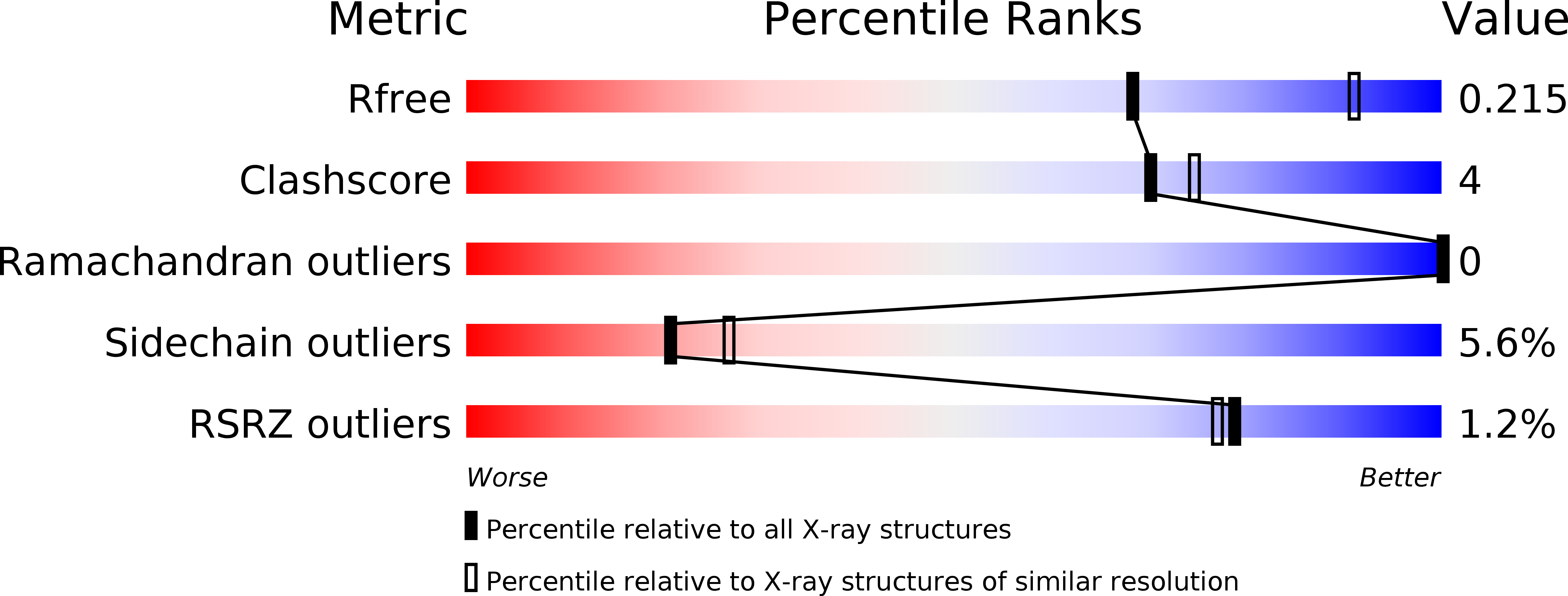
Deposition Date
2012-11-07
Release Date
2013-02-27
Last Version Date
2024-11-27
Entry Detail
PDB ID:
4HWE
Keywords:
Title:
Crystal structure of ectodomain 3 of the IL-13 receptor alpha1 in complex with a human neutralizing monoclonal antibody fragment
Biological Source:
Source Organism:
Homo sapiens (Taxon ID: 9606)
Host Organism:
Method Details:
Experimental Method:
Resolution:
2.43 Å
R-Value Free:
0.22
R-Value Work:
0.17
R-Value Observed:
0.17
Space Group:
I 4 2 2


